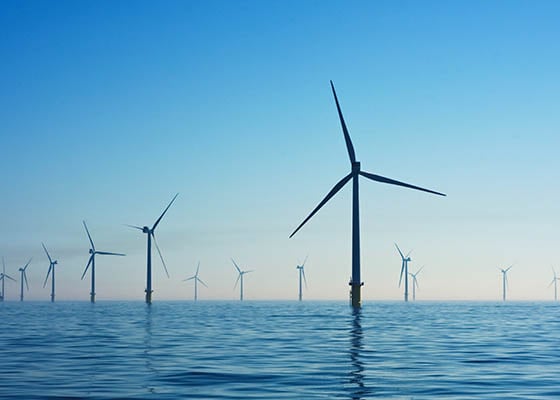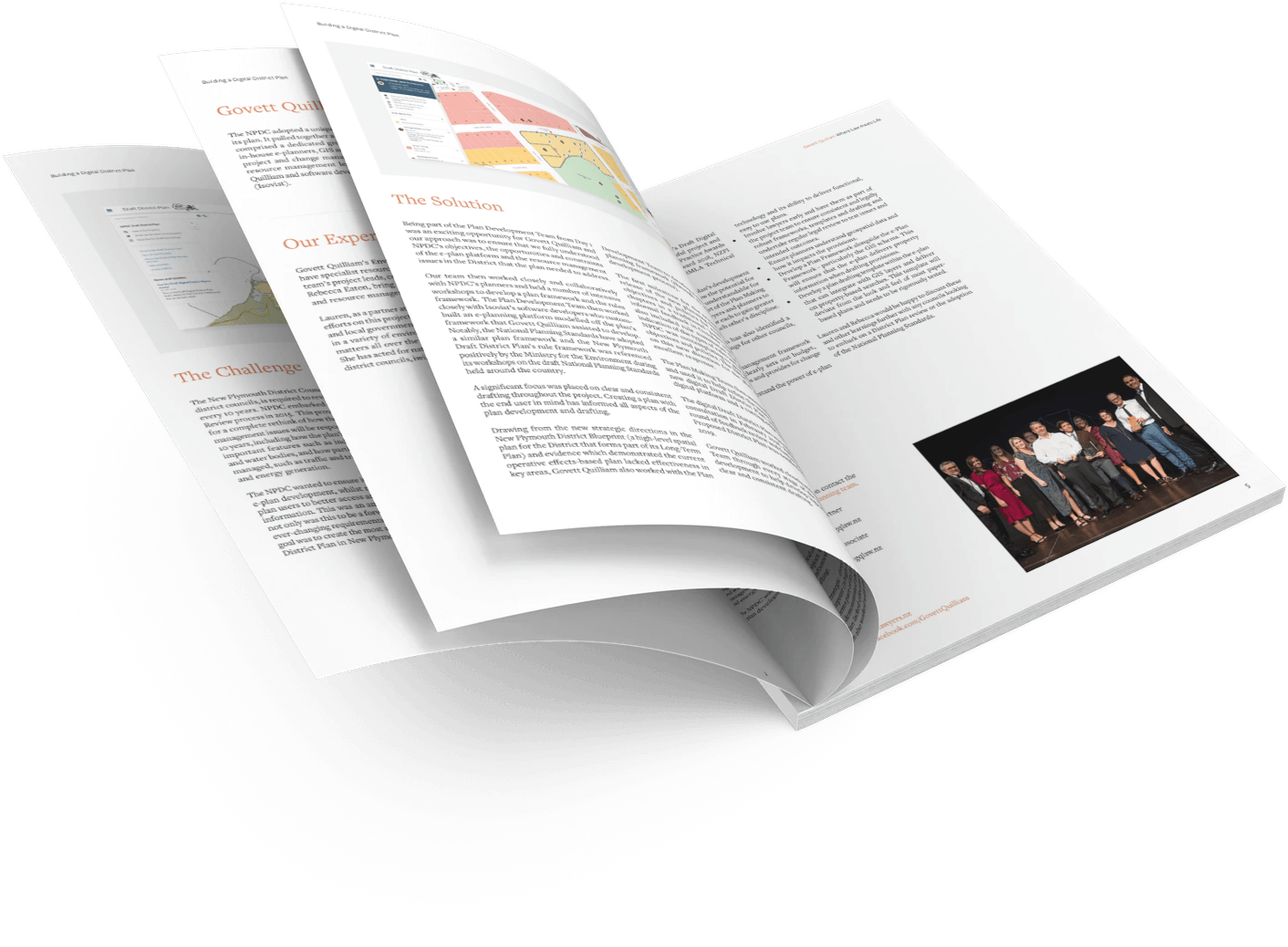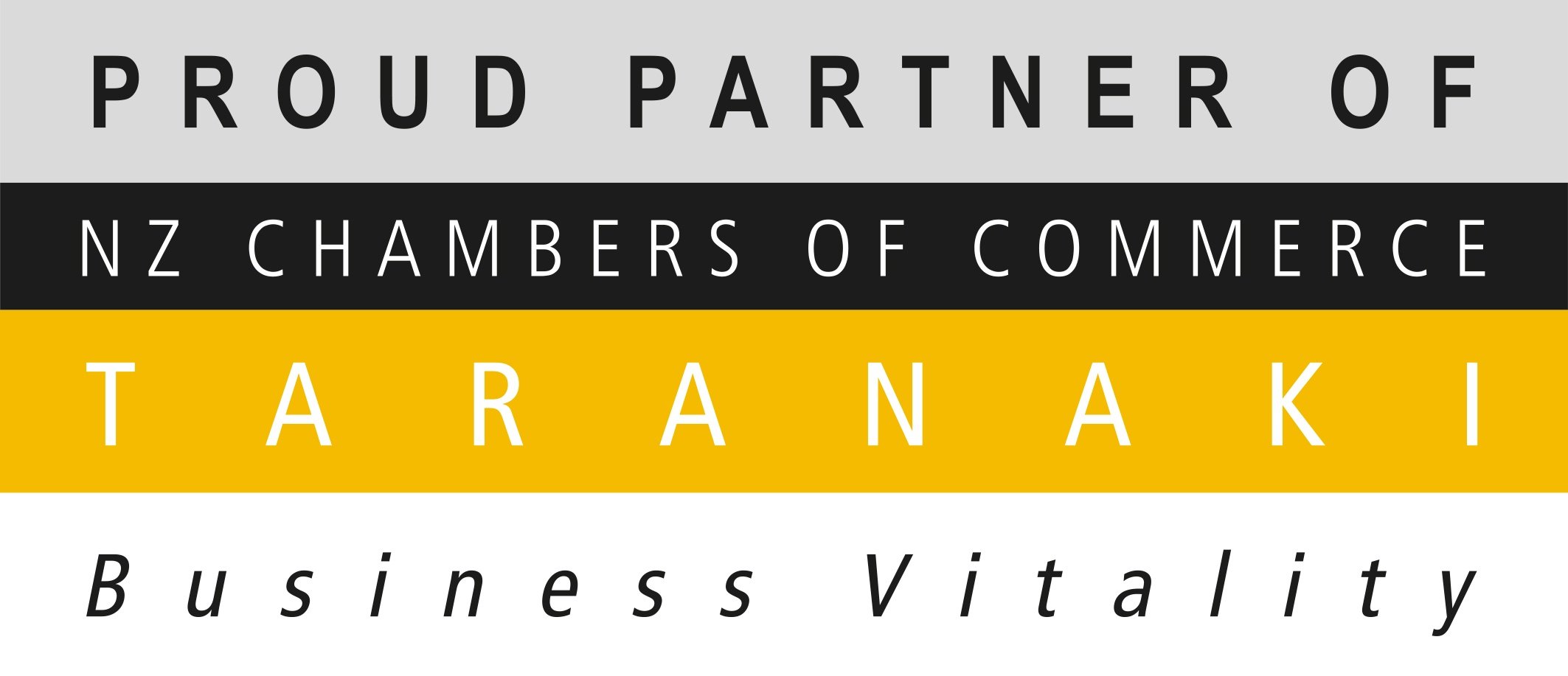
GQ Partner Lauren Wallace gives her take on the Government's plan.
If you care about life on earth as we know it, climate change is depressing and frankly, overwhelming.
The effects of global warming from increasing concentrations of greenhouse gases in our atmosphere include more severe storms, increased drought, and a rising ocean, which in turn are resulting in biodiversity loss, increased health risks, poverty and displacement.
Just recently, Britain experienced record high temperatures, wildfires raged in Europe and North America, and flooding and near permanent droughts hit Australia. Scientists have warned that climate change isn't just here already, it's happening much faster than predicted.
It’s a lot to take in, and despite the fact that the effects of human-induced climate change have been on our collective radar for decades now, there still appears to be very little urgency at a political or societal level to effect the changes we all know are needed. While adopting a degree of cynical fatalism is an attractively easy coping mechanism, our children deserve better than that. Now, more than ever, we need action. We need solutions. In the words of the indomitable Dr. Jane Goodall:
“Never give up – there is always a way forward. Never lose hope. For if we lose hope, we fall into apathy and do nothing.”
So what is the government proposing to do to reduce New Zealand’s emissions?
The government released New Zealand Aotearoa's (NZ) first Emissions Reduction Plan (ERP) on 16 May 2022. It contains the Government’s strategies, policies and actions to meet NZ’s first emissions budget (2022-2025) and sets out how NZ will play its part in global efforts to limit warming to 1.5˚C above pre-industrial levels.
It is the first statutory plan, under the Climate Change Response Act 2002, to require the Government to act to reduce emissions right across the economy and support all New Zealanders to make the most of the transition and seize the opportunity to lower the cost of living and improve living standards.
What does the ERP actually say?
ERP Principles
The ERP is based on five principles:
- Playing our part – to contribute to the global effort to limit global warming to 1.5˚C;
- Empowering Māori – to uphold Te Tiriti principles, support Māori-led strategy and alignment, and activate kaupapa Māori;
- Equitable transition – to seize opportunities and support proactive transition planning to create new jobs through low-emissions industries, lower the cost of living and raise our living standards;
- Working with nature – to prioritise nature-based solutions in planning and regulatory systems and establish an integrated work programme to deliver on both climate and biodiversity outcomes; and
- A productive, sustainable and inclusive economy – to innovate the way we currently do business, seize opportunities for new technology and build our clean green brand for a world increasingly seeking low-emissions products and solutions.
Those principles are then infused into a series of action plans which come under two separate headings, namely ‘system settings’ and ‘sector plans’.
System settings
The ERP doesn’t define what ‘system settings’ are, but states that the Government has a particular role in ensuring that our economic system settings support industries to take up the opportunities afforded by the transition. It identifies five main actions that the Government proposes to take on system settings across the whole economy and which span multiple sectors. The five main actions are as follows:
- Emissions pricing – Use emission pricing to provide the right incentives for businesses (including in agriculture) to cut pollution and invest in clean tech alternatives.
- Funding and finance - Develop the sustainable finance sector to provide capital and investment in every part of the economy.
- Planning and infrastructure - Get New Zealand’s planning and infrastructure systems and processes into shape to accelerate the transition in our cities, towns and industries.
- Research, science, innovation and technology - Reshape the research, science and innovation system and encourage technology with mission-led Climate Innovation Platforms that drive transformative change in some of our most challenging parts of the economy.
- Circular economy and bioeconomy strategies - Invest in circular economy and bioeconomy strategies to make greater use of our existing resources and replace non-renewable resources with renewables everywhere possible.
Sector plans
The ERP also identifies that the Government will need to work with key emissions-intensive industries and sectors to support them to both cut emissions and find new opportunities. The seven sector specific plans and key actions are as follows:
- Transport - Increasing access to electric vehicles (EVs), starting to decarbonise heavy transport and freight, and supporting people to walk, cycle and take public transport.
- Energy and Industry - Phasing out fossil fuels and massively ramping up renewables in transport, electricity generation and industry.
- Building and construction - Lifting the quality of home and commercial construction with the use of sustainable and low-carbon, renewable materials.
- Agriculture - Accelerating the delivery of agricultural emissions reduction tools and technologies to farmers and agricultural businesses.
- Forestry - Accelerating the supply of woody biomass to replace coal and other high-carbon fuels and materials, and encouraging native forests as long-term carbon sinks.
- Waste - Cutting the amount of waste going to landfills, including food waste, and investing in waste infrastructure and landfill gas capture.
- Fluorinated gases - Requiring refrigerants to be captured and destroyed when heating and cooling systems reach the end of their life.
Making the ERP happen
The ERP states it is an all-of-government plan and it will involve many agencies, departments and ministries, and their ministers. Further, that making it work will require new ways of coordinating effort across government, as well as between government and Māori, local government, the business community and civil society. To that end, the Government has established dedicated programme governance and management for the emissions reduction plan, that will be led by the Prime Minister.
The Climate Change Commission and central government agencies will be responsible for monitoring and regularly reporting on progress towards the sub-sector targets and emissions budgets, as well as the success and implementation of the ERP.
Will the ERP actually result in emissions reductions or is it more political hot air?
A number of commentators have criticised the ERP for being aspirational with little or no immediate action evident to significantly reduce emissions during the first 4-year budget.
Stuff took the time to tally up the 284 listed actions in the ERP and classify them. “Over half (158) are not really plans at all, but are plans to make a plan down the road, or to scope the scale of a possible policy, or develop an evidence base to build a policy on”.1
Others have lauded the ERP for finally putting in place a legal and political framework to drive the transition we need and for providing transparency around the methods that the Government intends to prioritise. Further, having the Climate Commission regularly assess our progress has been viewed by some as a meaningful new tool that will create accountability.
In the ERP’s foreword messages, the Secretary for the Environment acknowledges there is a role for all of us in making the ERP succeed, and that it will be necessary for the Government to work alongside our communities, businesses and the private sector, and all New Zealanders as it takes action.
While the ERP is not perfect, we don’t have the luxury of letting perfect be the enemy of better. Most sectors are not on track to meet NZ’s carbon budgets. The fact that the ERP recognises that both systemic change and multi-sector changes are required, and allocates significant funding towards implementing those changes, is a significant step forward. They say to achieve great things, two things are needed; a plan, and not quite enough time.
Arguably, both factors are now in play, but as always, the devil is in the detail and a plan without action, is just that. As a country with one of the world’s highest per capita emissions, the responsibility will ultimately lie with each of us to start taking positive climate action to reduce our respective emissions. As noted in the ERP, the challenge of transitioning to a low emissions economy presents the single greatest opportunity that our country has had, in at least a generation, to develop our economy into one that is much more productive, sustainable and inclusive. Now that’s something to be hopeful about.
If you’d like to know more about how the ERP might affect you or your business or how you might go about capturing climate-related business opportunities, feel free to contact one of our specialist environmental lawyers.
About the author:
 Lauren Wallace
Lauren Wallace
Partner | Environment and Planning Team
Lauren leads our Environment and Planning Team. She specialises in environmental, resource management, local government and civil litigation issues, and has a particular interest in renewable energy and clean tech development.
She acts for local and regional authorities, energy companies, national corporations, local businesses, Iwi and PSGE, community organizations, start-ups, families and individuals.
Lauren has acted on a wide range of resource management projects, including onshore and offshore energy developments, commercial and industrial developments, infrastructure, district plan reviews, and environmental policy development. Lauren represents and advocates for clients in mediations and Council Hearings, as well as in Environment Court, High Court, Court of Appeal, Expert Panel and Board of Inquiry processes. Lauren is an accredited RMA (Making Good Decisions) Commissioner.






.png)

